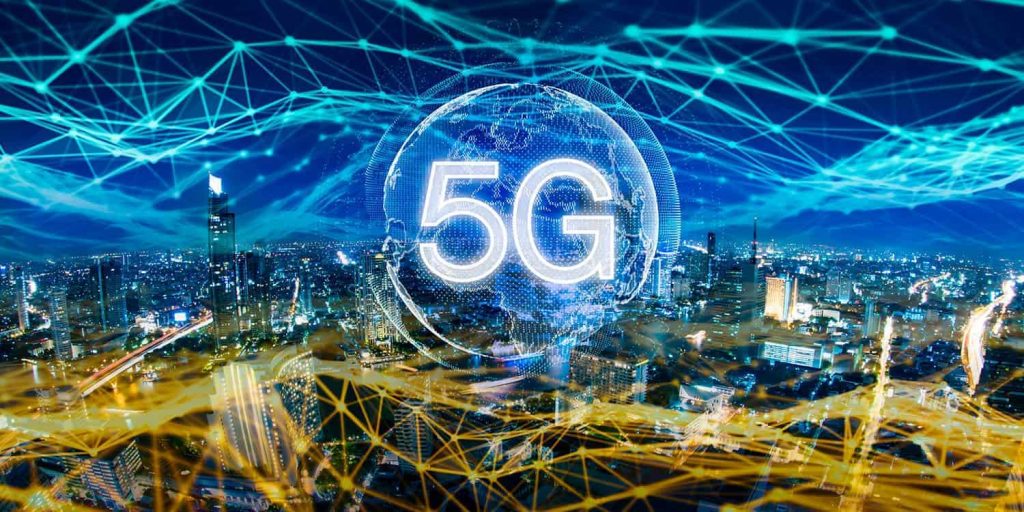The health consequences of radiation from 5G are being debated, however one study suggests that there is a connection between radiofrequency radiation and cancer in male rats. The study was classified up until it was taken off the list at the end of 2012 by Central Intelligence Agency, but it has proven that radiofrequency may cause cancer in animals, and even humans. In the study, researchers subjected male animals to radiation for a period of 15 days. They discovered that they developed same kinds of cancers that humans develop.
https://ctxt.io/2/AACQJskKEw of radiation from 5G
The rapid expansion of wireless communication is causing the development of 5G technology, there are growing concerns regarding the health effects of 5G radiation. While the higher frequencies may not affect the body as much as previous technologies, researchers have identified potential health effects that are systemic and have called for further studies. To ensure that the population is protected, the European Commission is requesting independent studies to determine if the technology poses any health risks.

It is important to note that there's a substantial number of misinformation about the health effects of 5G and it is vital to clear any misunderstandings that may persist. Although the technology isn't yet widely used, there are many individuals who are being told it could cause health issues typically through social networks where sensational words are used.
Beamforming technique
Beamforming is one of the most vital technologies in 5G mobile networks. It is a method which makes use of multiple radiating elements to generate narrow beams. The goal in beamforming is minimize how much unwanted radiation is reflected within the signal that results. This method is widely employed in wireless communication systems, and is essential for the 5G's cost-effective coverage.
The method works by electronic weighting of the individual signals of each antenna. This results in a narrow beam of radiation that improves cell coverage indoors and at the cell's edges. This is crucial as poor coverage can lead to lower user satisfaction. In addition to improving the signal, beamforming helps reduce the amount of interference that a user receives from other devices.
Power density
The intensity of 5G electromagnetic radiation coming from cell towers will be comparable to that of previous generations of 3G and 4G systems. A reason that lower density lies in the sensitiveness of electronic components. The highest radiation output of a 2G handset was about 2 Watts, whereas that of the 4G model was around 200 milliwatts.
The power density measures how much electromagnetic energy can be absorbed into the body from a particular distance. Its power density in radiation 5g is usually expressed in Watts per square meters. Unlike the SAR measurement power density is a measurement of the amount of electromagnetic energy that can be found in a given space. The power density limits can be different for mobile devices and wearables depending on their operating frequency and distance.
Specific absorption
The Specific Absorption Ratio (SAR) is a measure that measures the rate at which a particular frequency releases power into human tissues. In general, a SAR value should not exceed two watts per kilogram of body mass. This value is derived through the electrostatic field within the tissues and the mass density, measured in kilograms per cubic meter. It was recently applied to the proposed antenna design.
The latest radio technologies that form the 5G system operate at frequencies below 6 GHz. These frequencies are also known in millimeter waves. However, the FCC's SAR compliance test only applies to frequencies of up to 6 GHz. Furthermore, the SAR test requires that measurements be performed in phantoms containing tissue simulating medium.
Skin health and its effects
We are not aware of the effects of 5G radiation to the skin. https://canvas.instructure.com/eportfolios/1971661/Home/Wellness_Effects_of_5G_Radiation is limited by the absence of in-vivo studies and theoretical models. There is however an urgent need for more research on the effects of 5G radiofrequency radiation on human skin. Utilizing 5G radio frequencies may cause skin damage particularly to the epidermis, which is very sensitive.
In 5g radiation to 4G, 5G radiation has a high frequency which has been proven to increase the temperature of human body tissues. The human body is dipolar, so the increased frequency of 5G radio waves will cause heat in the skin. The exposure to radio frequencies from 5G could also affect other organs of the body, including the brain.
